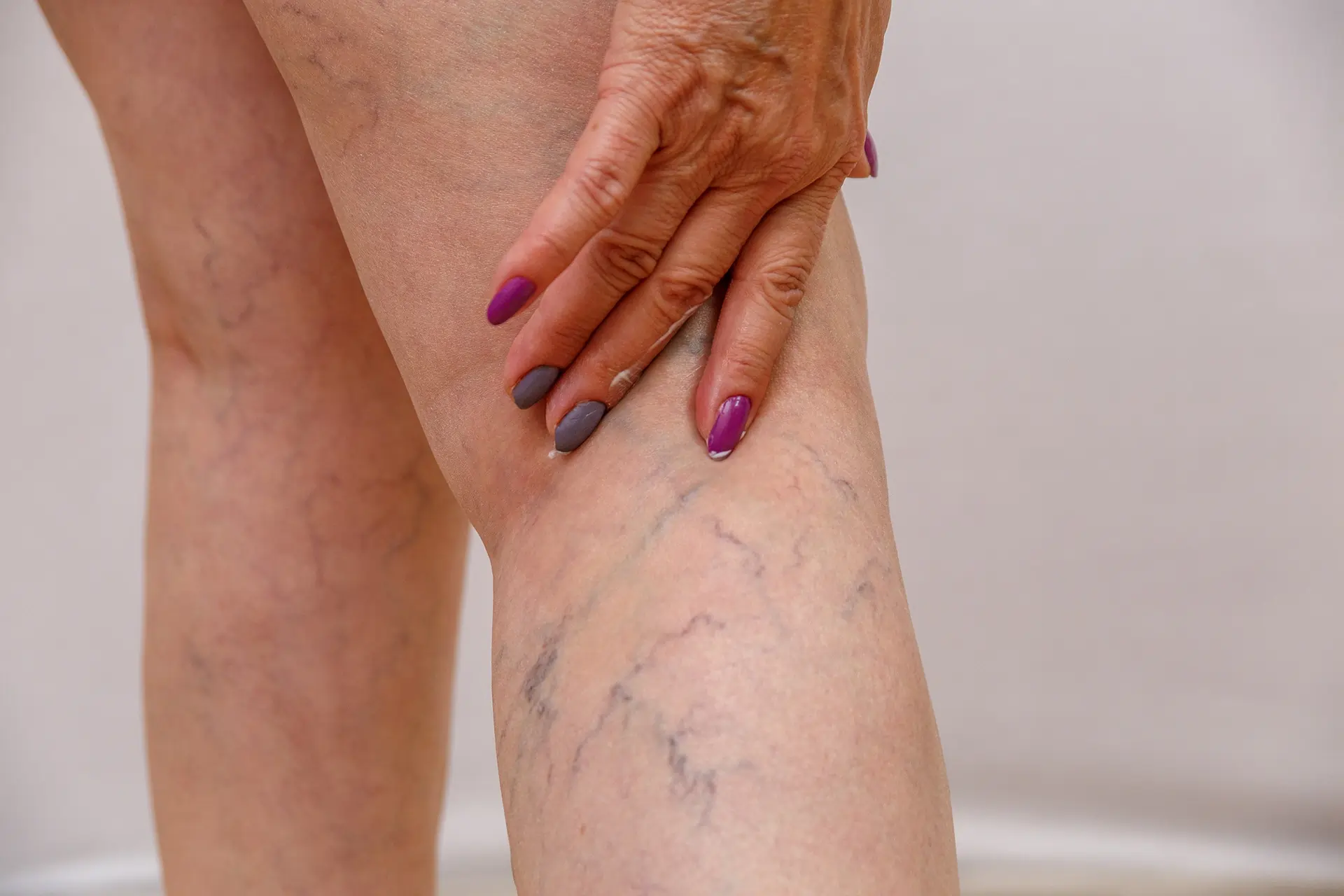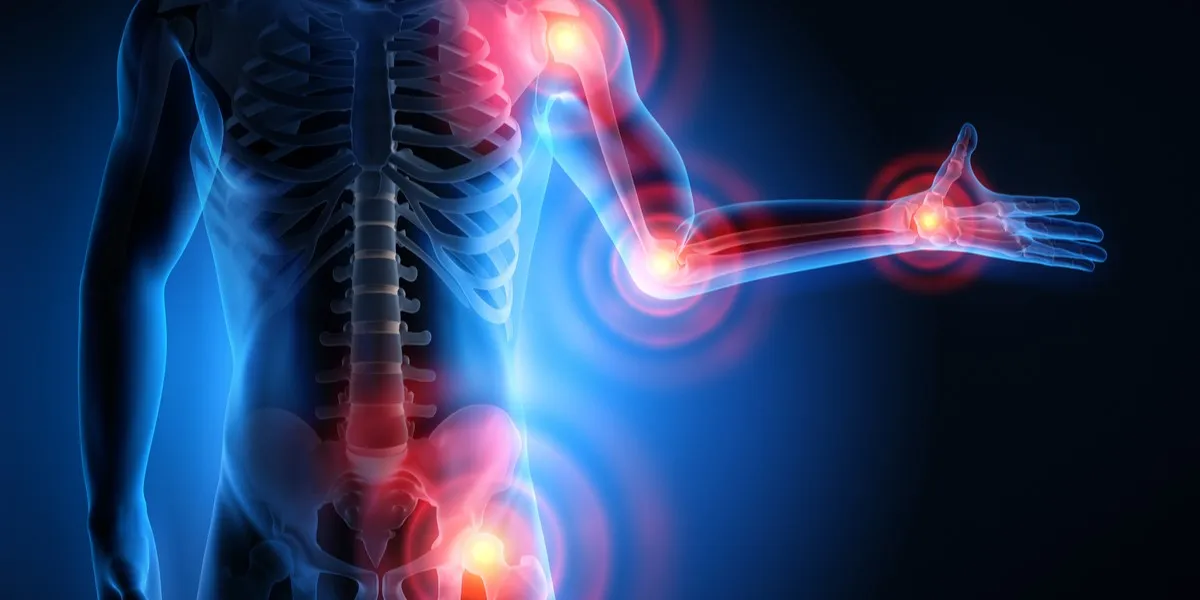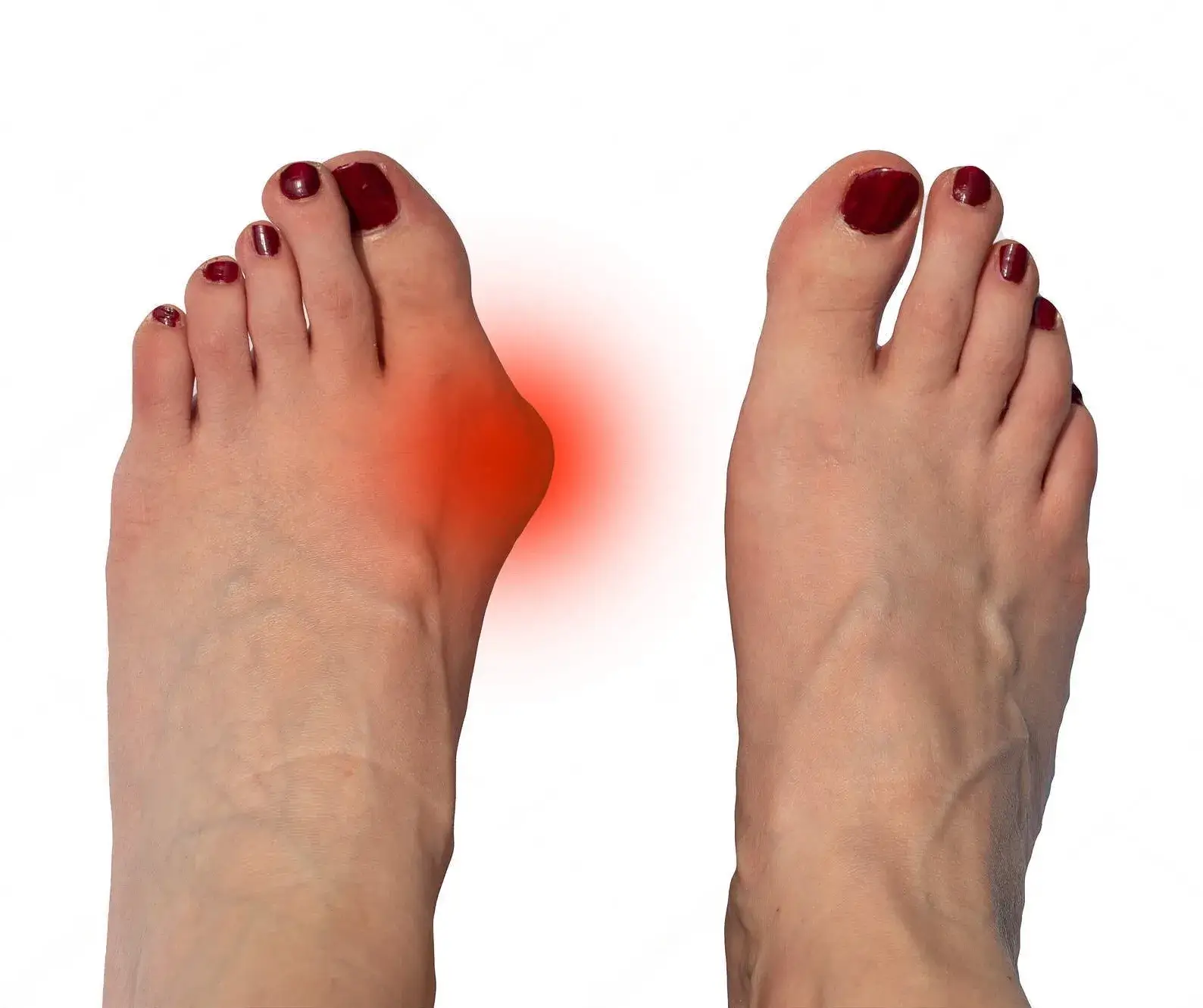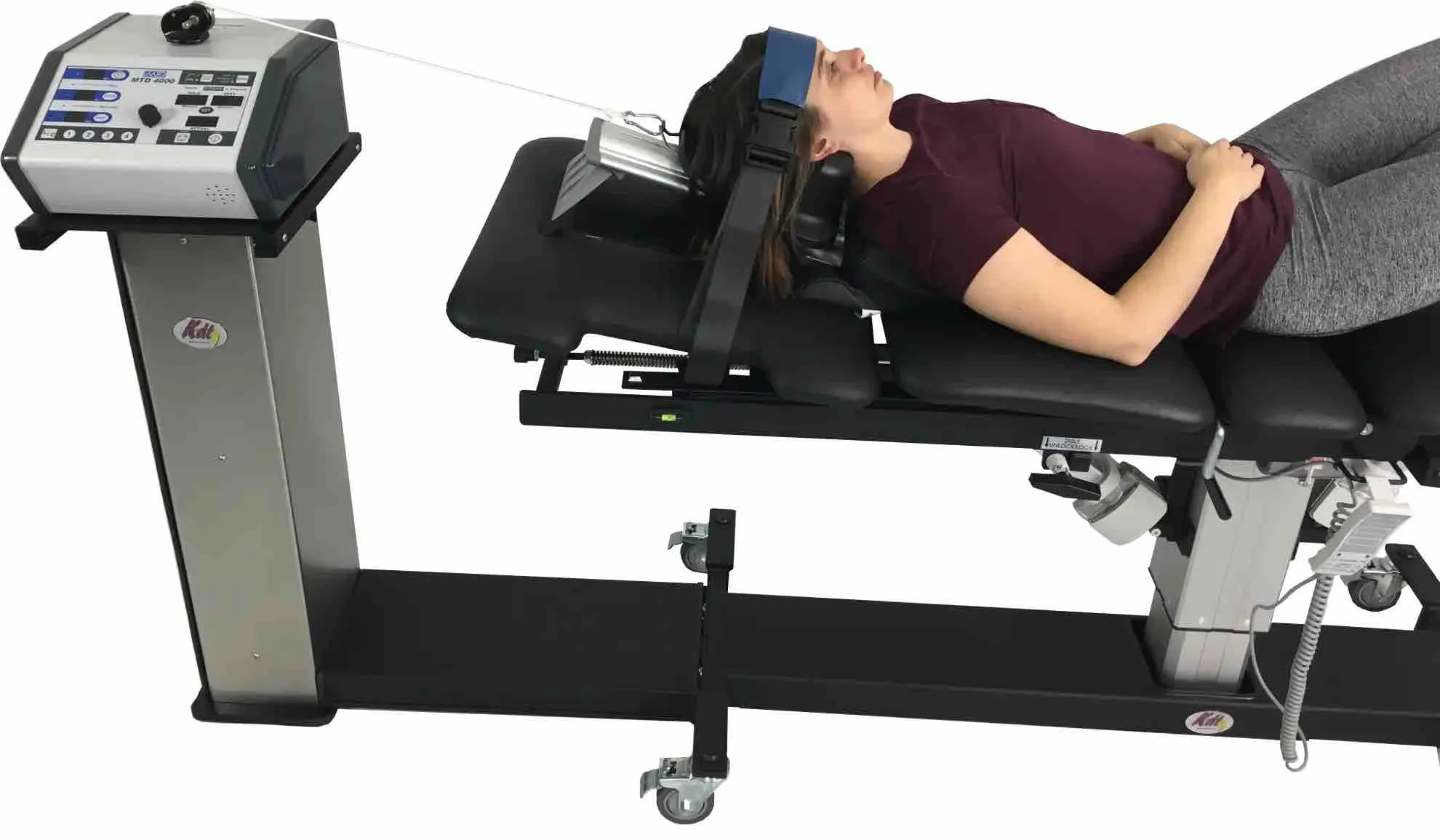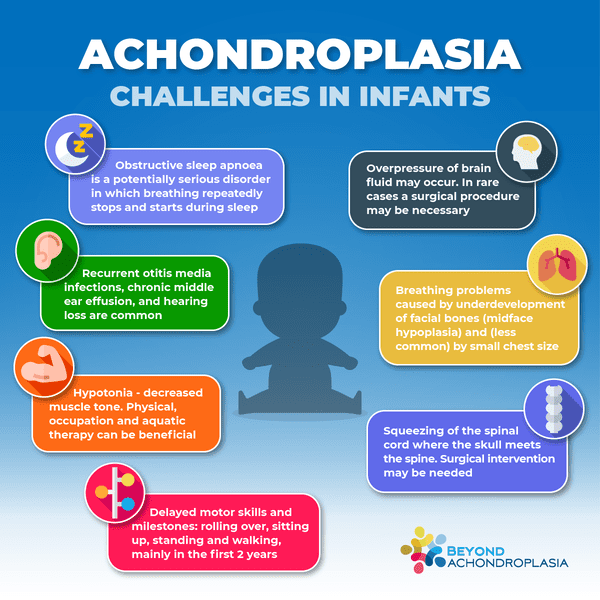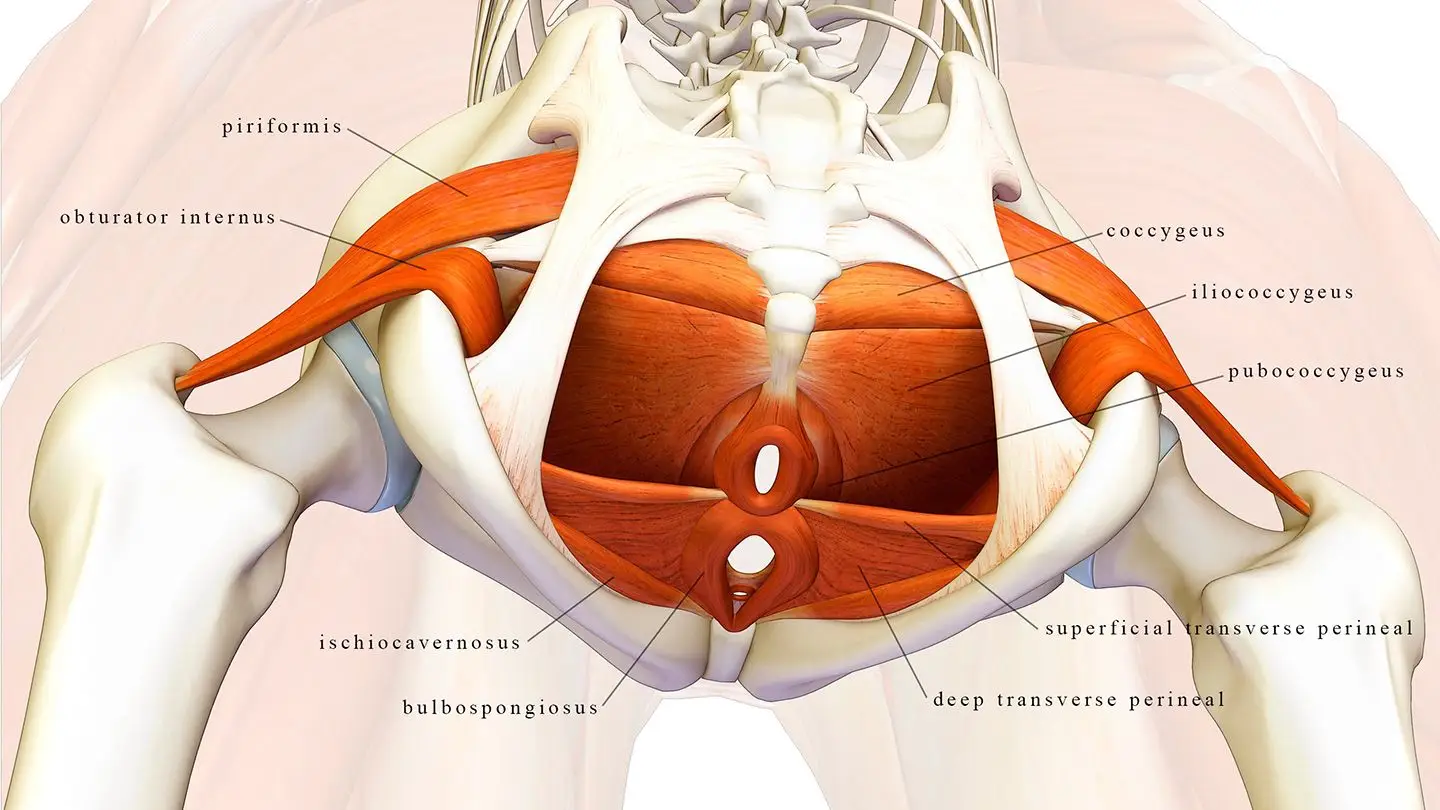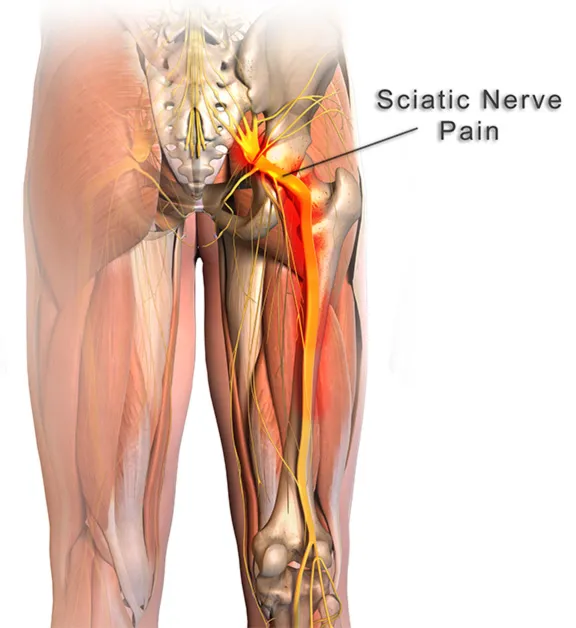
Introduction:
The Gluteal tendons are robust bands of tissue that connect the deep buttock muscles (gluteus medius and minimus) to the hip bone at a site known as the greater trochanter. Gluteal Tendinopathy is sometimes referred to as Greater Trochanteric Pain Syndrome (GTPS). These tendons play a crucial role in transferring the force generated by your gluteal muscles to the thigh, enabling a range of movements such as lifting your leg out to the side and maintaining pelvic stability during activities like walking, running, squatting, climbing stairs, and rising from a chair.
What is Gluteal Tendinopathy?
Gluteal Tendinopathy refers to the irritation or damage to the tendons in the gluteal region, leading to pain and limited mobility. This condition is often associated with overuse, muscle imbalances, or traumatic injuries that affect the integrity of the gluteal tendons.
Symptoms:
- Persistent pain and tenderness in the lateral hip and buttock area, often worsening during activities such as walking, climbing stairs, or prolonged sitting.
- Discomfort or pain that can radiate down the outside of the thigh.
- Stiffness and limited range of motion in the affected hip joint, leading to difficulties in performing daily activities.
- Weakening of the gluteal muscles, resulting in compromised hip strength and stability.
- Changes in gait patterns characterized by limping or favoring one side over the other.
- In some cases, individuals may experience inflammation and swelling in the affected hip area, contributing to heightened discomfort and restricted movement.
Causes:
- Overuse or repetitive stress on the gluteal tendons, often seen in athletes or individuals engaging in activities that involve frequent hip movements, such as running or cycling.
- Muscle imbalances or weakness in the hip and core muscles, leading to altered biomechanics and increased strain on the gluteal tendons.
- Direct trauma or injury to the hip area, resulting from falls, accidents, or sudden impacts during sports or physical activities.
- Degeneration of the tendons due to aging, underlying medical conditions, or a history of chronic inflammation in the hip region.
Effective Treatments for Gluteal Tendinopathy:
At York Rehab Clinic, we provide a range of specialized services aimed at effectively managing gluteal Tendinopathy. Our comprehensive treatment approach includes:
- Physiotherapy: Our skilled physiotherapists utilize tailored exercise programs and manual therapy techniques to improve muscle strength, flexibility, and joint stability in the gluteal region.
- Osteopathy: With a focus on holistic musculoskeletal care, our osteopathic treatments aim to alleviate pain, improve tissue mobility, and restore balance in the hip and buttock area, promoting comprehensive functional recovery.
- Shockwave Therapy: This advanced treatment modality stimulates tissue regeneration, reduces pain, and accelerates the healing process, providing a non-invasive option for managing gluteal Tendinopathy effectively.
- Acupuncture: As a complementary therapy, acupuncture can help relieve muscle tension, reduce pain, and enhance overall well-being, serving as a valuable adjunct to traditional treatment approaches for gluteal tendinopathy.
What’s the difference between gluteal tendinopathy, gluteal tendinitis and trochanteric bursitis?
While gluteal Tendinopathy, gluteal tendinitis, and Trochanteric bursitis share some common symptoms and affect the hip and buttock region, each condition has distinct characteristics and underlying causes.
Gluteal Tendinopathy:
Gluteal Tendinopathy refers to a chronic condition involving the degeneration of the gluteal tendons, which connect the gluteal muscles to the hip bone. This condition typically develops due to repetitive stress or overuse of the tendons. It can cause persistent pain and stiffness in the hip region, leading to mobility issues and discomfort during activities such as walking, climbing stairs, or sitting for extended periods. Gluteal Tendinopathy is often characterized by a gradual onset of symptoms and may progress if left untreated.
Gluteal Tendinitis:
Gluteal tendinitis specifically refers to the inflammation of the gluteal tendons. It commonly occurs as a result of repeated stress or injury to the tendons, leading to localized pain, tenderness, and swelling in the hip area. Individuals with gluteal tendinitis often experience discomfort during movements that involve the gluteal muscles, such as running, squatting, or prolonged sitting. The condition can affect mobility and may become more aggravated with certain activities or positions.
Trochanteric Bursitis:
Trochanteric bursitis is characterized by the inflammation of the bursa, a small, fluid-filled sac located near the outer point of the hip, known as the greater trochanter. This condition often arises from repetitive friction or stress on the bursa, leading to pain and tenderness in the hip region, particularly during physical activities that involve side-to-side movements or prolonged pressure on the hips. Trochanteric bursitis can impact daily activities and may cause discomfort during sleep when lying on the affected side.
Understanding the distinctions between gluteal Tendinopathy, gluteal tendinitis, and Trochanteric bursitis is essential for accurate diagnosis and the implementation of effective treatment strategies. At York Rehab Clinic, our specialized team provides personalized care to address these conditions comprehensively. For further information or to schedule a consultation, please contact us at 416-350-1940 or visit our website at www.yorkrehabclinic.ca. You can find us conveniently located at 10825 Yonge St Unit 5, Richmond Hill, ON L4C 3E3.

